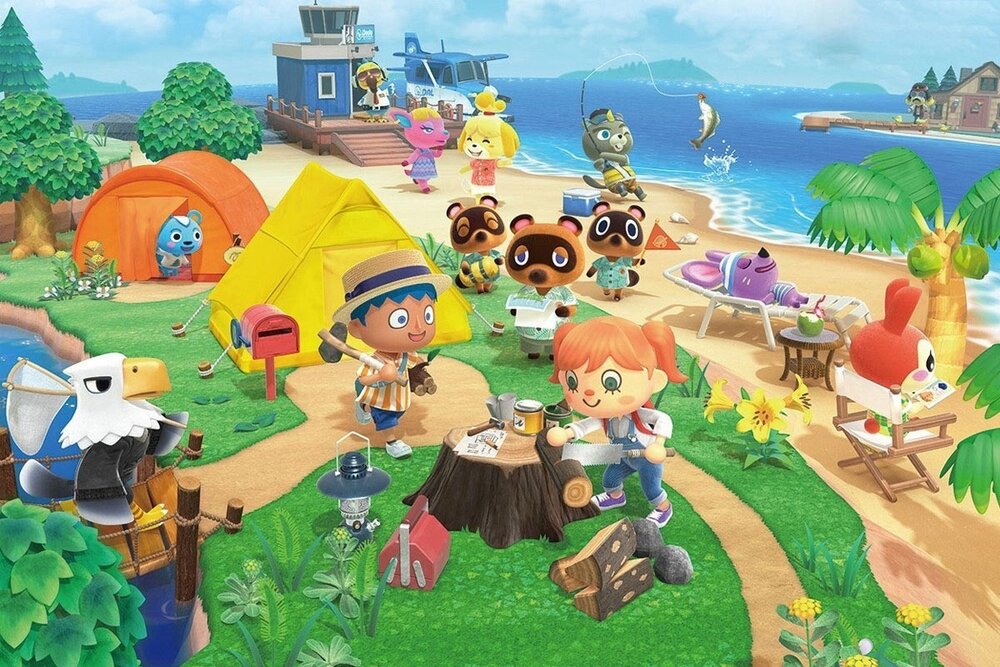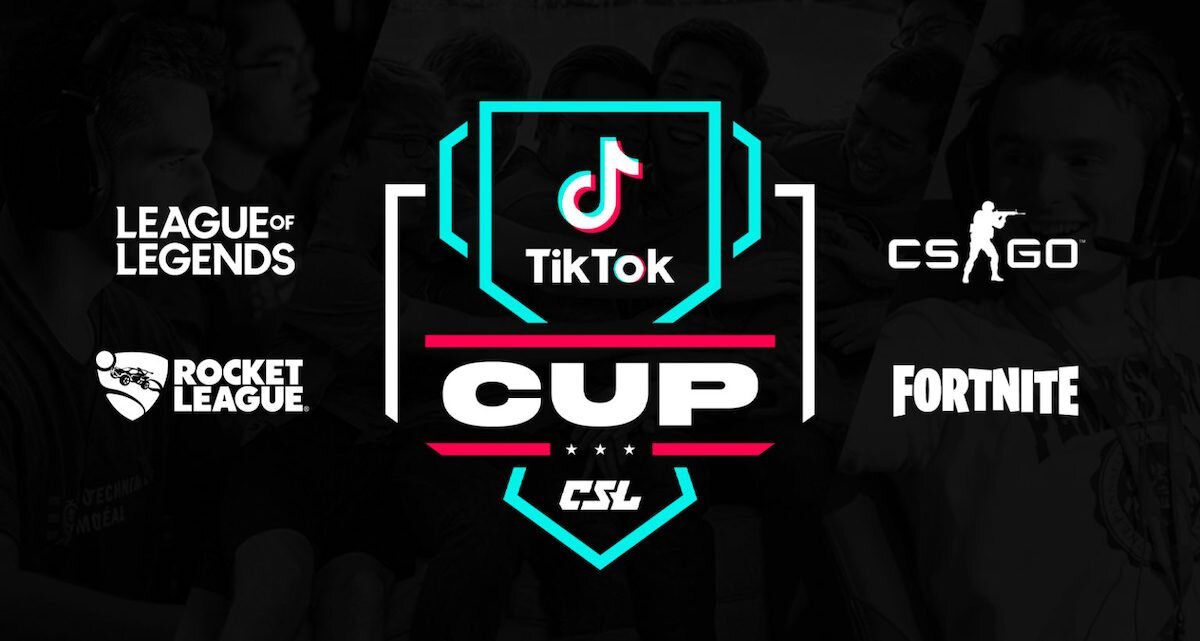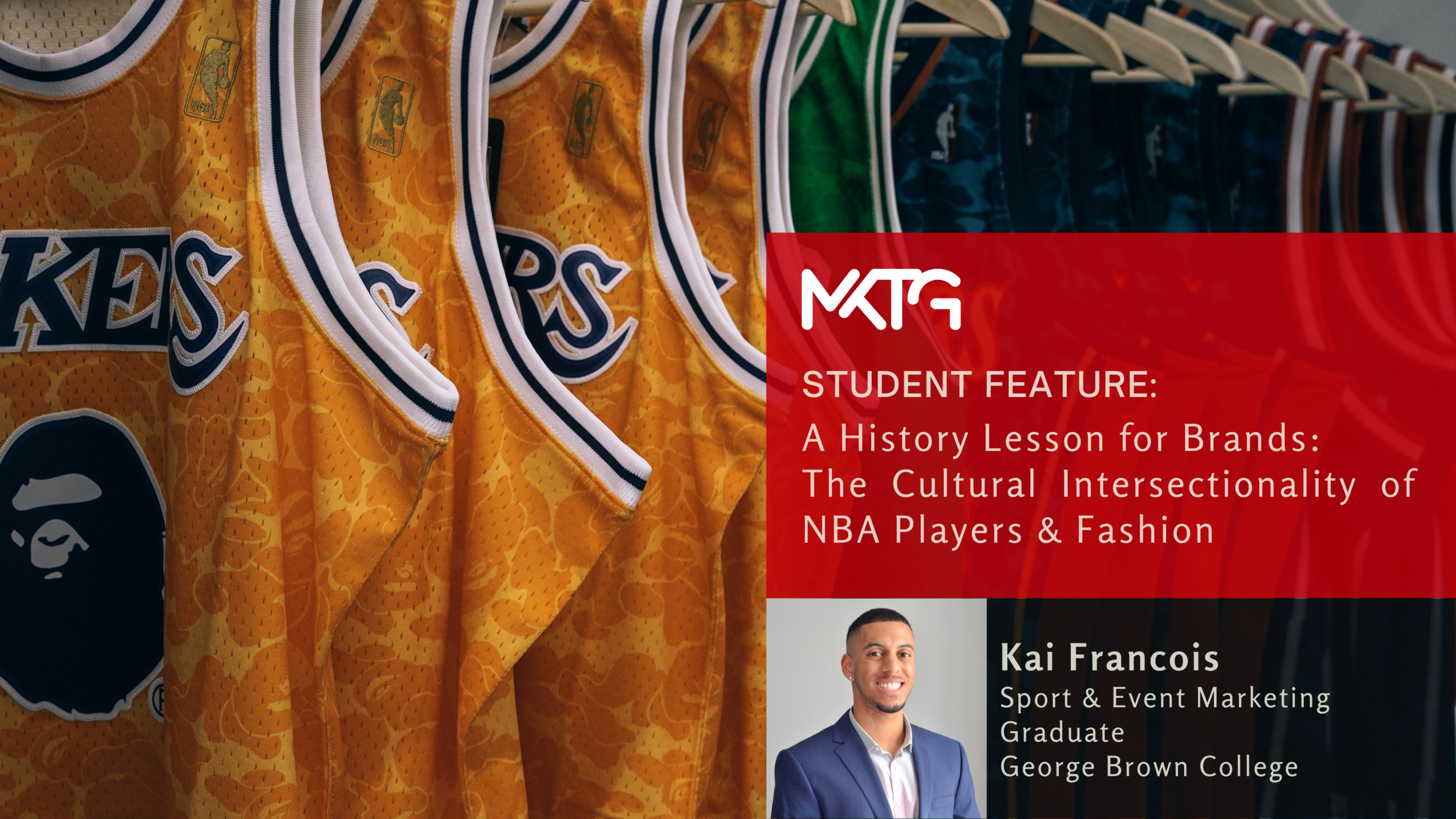Importance of Storytelling for Sponsors in Gaming & Esports
Now is an interesting time for our industry. There are tons of students starting their sports marketing and sponsorship careers who are trying to navigate what’s next. So we at MKTG Canada wanted to profile some of the best and brightest up and coming students in the sport and event industry and turn the pen on our company blog over to them. In the coming weeks, we will publish thinking from students breaking into the industry. We have enjoyed the experience chatting with them, sparring over ideas, and giving them builds on their work. We are proud to profile their words and talents and we hope you enjoy reading them. Know a student who wants to be profiled in these pages? Are you a student yourself? Get in touch with us @mktg_canada on Instagram.

About the Author
Ken is a mental health advocate first before he considers himself a marketer. His passion in mental health, storytelling and community is what drove him to branch out his career to the intersection of marketing-technology and culture. He is a fresh graduate out of the Sport & Event Marketing program at George Brown College.
Ken began working on this blog piece while he was a Sport & Event Marketing Student at George Brown College. Ken has now secured a full-time job opportunity.
5 MINUTE
READ
Video gaming have always been structured as community first before commerce
Accessibility and inclusivity drives the communal spirit of video games and esports
Before entering the community, brands must humanize themselves and tell an authentic story to engage
As the pandemic continues to roll on as we move into 2021, competitive video gaming will continue to evolve and mature into a commercial platform similar to the traditional sports landscape. Non-endemic brands will no doubt look to their inner circles and question their role in what looks to be the biggest industry in the next decade. I believe that most marketers can get their foot in the door and play the game. However, sustaining their place and retaining authenticity is another question. Brands must not only grasp authentic and creative storytelling but also understand that gaming has always been a community at its roots: it’s the community aspect of gaming that the first brought the industry such popularity.
The evolution of gaming in its history consistently involved veteran players helping ‘level up’ newcomers, sharing items and acting as guides in their respective titles. These shared experiences, along a bond through interaction, were often extended to forums and blogs, long before YouTube and Twitch existed. Online gaming as a whole remains a relatively unchanged venue to this day. It’s a playful space to pass the time with mindless chitchat while enjoying each others’ company through servers, taking on the medial tasks of in-game objectives and conquering enemy territories.
Given the natural storytelling integrated in every single video game, as well as the increase in online viewing by 69% since 2019, storytelling is a crucial aspect of any sponsorship in the gaming and esports space, particularly as it relates to cause-marketing and giving back to various communities. Activating within the space provides brands with new opportunities to engage with increasingly niche audiences. The following brand examples illustrate this:
Storytelling through Impactful Community Initiatives

One of the most interesting storytelling activations in the video game space from this past summer was Hellmann’s partnership with Second Harvest in the Animal Crossing title. Players participate in turnip drop-offs to Hellmann’s island and in exchange, the brand will donate a meal to Second Harvest. While the game is not an esport, it still provides a fantastic case study that shows some of the many different possible narratives within gaming. It’s a flexible space that offers a social platform for marketers to engage with consumers in a branded, do-good experience.
The campaign resonates with a younger demographic and gamer like myself who tends to favour brands who support social movements. In fact, a recent report has found that 66% of young consumers say that a brand’s association with a social cause or platform positively impacts their overall impression of the brand. 58% say that this association will impact their likelihood of purchasing that brand.
As a gamer, why do I enjoy this activation?
Hellmann’s association and branding within Animal Crossing is subtle – it’s seamlessly integrated into the in-game mechanics.
They could successful strengthen their relationship with younger audiences as the initiative humanizes an important story through a charitable cause, while educating and raising awareness on the subject of hunger and food waste.
Demonstrating Storytelling through Fan Appreciation
Province-wide lockdowns have disconnected fans from their favourite athletes and teams. To combat this, TD found an opportunity to insert themselves in the conversation through community initiatives focused on fan appreciation. For baseball fans in Canada, TD’s known for their partnership with the Toronto Blue Jays and highlighted their appreciation to fans during Appreciation Weekend. Members of the Toronto Defiant visited their fans in-person at home in similar socially distant fashion with the use of cannon guns to launch signed merchandise. It’s an authentic hint to the OverWatch gameplay and the ideation of TD activating at Blue Jays games for t-shirt toss giveaways. Players on the Defiant roster also thanked their fans one by one, reading off their names from a list, again, presented by TD.
Why was this an effective activation for a gamer?
Similar to Hellmann’s association to solving food waste and hunger, TD’s activation was not overtly branded.
TD found a way deliver a fantastic community experience in a safe and fun way, via contactless participation, respecting comfort, and practicing appropriate physical distancing
Empowering Young Leaders & Creators

Academic and traditional sport scholarships aren’t the only ways to help alleviate school expenses. The esports community is also looking for ways to help grow young leaders within an educational context as well. In a pandemic world, this speaks tremendously to students who not only need to find a way to socially connect but to also finance their studies.
The Collegiate StarLeague partnered up with TikTok in 2020 to deliver an experience for participants to compete for $60,000 across four major video game titles. The money is intended to shoulder education expenses for the winners.
As a new graduate and one that games and utilizes social media day-to-day, I believe that the sponsored activation was an impactful way to reach Gen-Z audiences.
TikTok’s activation aligns with gamers who also create content through their social media channels, thus making it a natural fit to partner with the rising social media platform
TikTok found a way to solve a real painpoint; more and more students are in need of financial assistance following the repercussions associated with the Global Pandemic.
Overall, there are a number of ways to engage with and speak from a community and storytelling perspective in esports and video games. There are different stories that need a lens, all in an effort to help grow leaders and the industry through creative and authentic experiences. Brands can insert themselves in the conversation by associating themselves with cause-related activations and meaningful storytelling. Utilizing a charitable approach in-game is a great way to activate in the egaming and esports space, in order to amplify an organization’s commitment to bettering societal issues, especially to the younger demographic who respond positively to these sorts of messaging and storytelling.


_vcxdqq8ezzkt7iqe7j2y2x.png)
